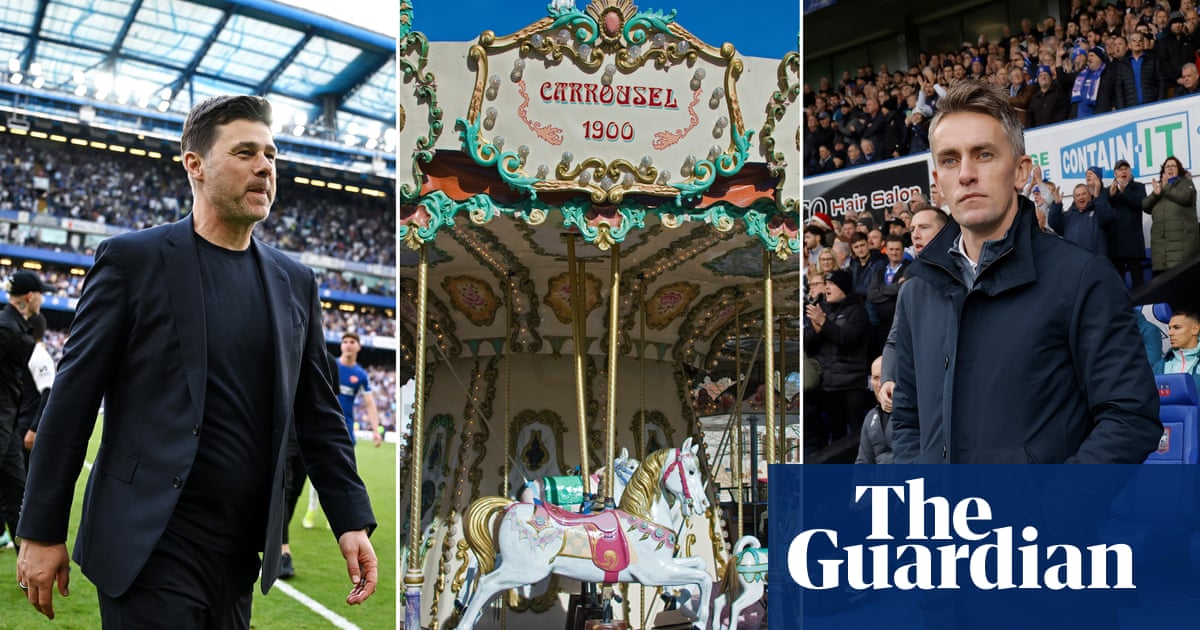
On a recent evening, Andrés pulled on his gas mask and helmet and headed for the barricades at the entrance to his rundown neighbourhood in Cali, a city which has become the center of Colombia’s anti-government protests.
But as he approached the roadblock of rocks, rubble and barbed wire, he saw a motorcycle speeding towards him. In an attempt to turn the vehicle back, another demonstrator shone a laser pen in the driver’s eyes.
Others screamed “the way is closed”, but still the bike wove past burning piles of rubbish towards the protesters.
Then, the masked pillion rider drew a handgun and opened fire.
“No one was hurt, thank God,” said Andrés, in the neighbourhood known as Puerto Resistencia. “But others will come.”
Cali is the focus of a nationwide wave of demonstrations against poverty and inequality exacerbated by the coronavirus pandemic.
But a string of incidents in which men in civilian clothing have brandished assault rifles and opened fire on protesters has prompted fears that the country – which is only just clawing its way out of war – is heading for broader conflict.
In the last 24 hours, indigenous protesters blocking roads have been shot at by assailants, fresh skirmishes have erupted between demonstrators and riot police, and residents have been trapped in their homes by clashes on the streets.
On Monday, Lucas Villa, a 37-year-old protestor in the city of Periera, was declared brain dead after being shot eight times by men in civilian clothing last week. Hours before the attack he had been filmed dancing at a march.
“Armed civilians fighting against each other is one of the most serious manifestations of the crisis so far,” said Katherine Aguirre, a security expert at the Igarape Institute in Cali. “The state needs to find innovative ways to solve the crisis, both maintaining public order while pursuing dialogue at the local level.”
On Sunday night, Colombia’s president, Iván Duque, announced that more soldiers and police officers would be dispatched to the city to lift blockades. Chillingly, he also instructed indigenous protesters to “return to their reservations” in order to “avoid violent confrontations with citizens”.
The demonstrations, which began with a general strike on 28 April, quickly descended into violence after a heavy-handed response by riot squads from the militarized police force.
According to Temblores and Indepaz, two local watchdogs, 47 people have died during the unrest, with 35 deaths in Cali. But protesters in the city show no sign of backing down.
“We’ve been forgotten forever.” said Carmen Rosa Bejarano, 38, who has lived in Puerto Resistencia for her most of her life. “If they want us to back down, they’ll have to come here and ask – and if they come in shooting first, they won’t stand a chance.”
On Sunday night, tensions at the barricade were high. Lookouts a few blocks away reported that Esmad, Colombia’s feared riot police, were on the way.
“We are children of war,” said Carlos, another frontline protester, as he picked up a shield cut out of an oil drum. “We’re ready to fight.”
Elsewhere in the city, streets that would usually be bustling were empty; the dance halls of the world’s salsa capital were boarded up.
Among the few signs of life were the endless queues for fuel, which has been desperately scarce since the protests began.
Álvaro Pérez, who runs a small logistics business, had been waiting for six hours in a queue that snaked around the neighbourhood, and was losing patience.
“We need to go back to work, to be able to move around freely” he said. “I supported the protests at the beginning – most of us did – but this is never-ending now.”
Earlier on Sunday, a blockade set up by indigenous protesters outside the wealthy Ciudad Jardín neighbourhood was attacked by men in civilian clothes. Disturbing videos appear to show members of the police allowing the gunmen through. Other clips show vigilantes wielding handguns and assault rifles in broad daylight.
“It’s unacceptable that the authorities have not immediately heeded the urgent calls on them to prevent armed violence,” said Erika Guevara-Rosas, Americas director at Amnesty International.
The violence has been especially dispiriting for those who hoped for a peaceful future for Colombia when the country signed a historic deal with rebels of the Revolutionary Armed Forces of Colombia (Farc) in 2016.
That deal ended five decades of civil war and also raised hopes that new political spaces would finally open in a country where leftwing politicians and activists are routinely accused of collaborating with rebel groups.
Instead, the government has smeared protesters as “vandals” and “terrorists”, and the claims have been echoed by rightwing US politicians such as Marco Rubio.
Out on the streets, such rhetoric has only raised tensions. “The police or their hitmen will attack and we’ll push them back,” said Andrés, between updates on his walkie-talkie from the lookouts. “We’re ready.”












